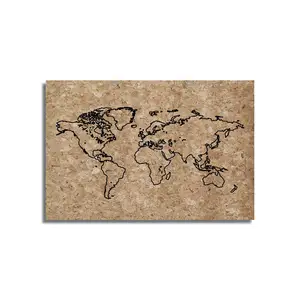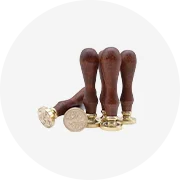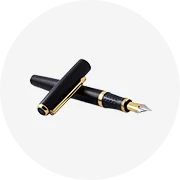Introduction to Plastic Animal Skeleton
The plastic animal skeleton is an essential tool for educators, artists, and veterinary professionals alike. These detailed, realistic skeleton models serve as a beneficial aid in teaching biological principles, art studies, and even animal anatomy. Made from durable plastic, these skeletal replicas allow users to explore the structure and functions of various animals without the ethical and logistical concerns of using real bones.
Types of Plastic Animal Skeletons
- Full Skeleton Models: These models feature a complete representation of the animal's skeletal structure, perfect for comprehensive learning and teaching.
- Partial Skeletons: Ideal for specific studies, these models focus on particular parts of an animal’s body—such as the skull, limbs, or vertebrae.
- Anatomical Displays: Designed for educational institutions, these models often include markings and labels for detailed anatomical studies.
- Decorative Skeletons: These models are often used in home décor, especially around Halloween or for themed events, providing an aesthetic touch with an educational aspect.
Applications of Plastic Animal Skeletons
- Education: Widely used in schools and colleges for biology classes, plastic animal skeletons help students understand anatomy and physiology through a hands-on approach.
- Veterinary Practice: These models assist veterinary students and professionals in learning about animal anatomy, improving their diagnostic skills and clinical understanding.
- Art and Design: Artists utilize these skeletons for accurate anatomical references, enhancing their ability to depict animals in various forms, such as paintings, sculptures, and illustrations.
- Research: Scientists in zoology and paleontology employ these skeletons in their studies to compare modern species with extinct ones, contributing to a better understanding of evolutionary biology.
Features and Advantages of Plastic Animal Skeletons
- Durability: Constructed from high-quality plastic, these skeletons are designed to withstand frequent handling and display, ensuring longevity and sustained educational value.
- Realistic Detail: Each model is intricately designed with accurate bone structures, offering a lifelike representation that aids in learning and visualization.
- Lightweight and Portable: The materials used make these models easy to transport and store, enabling users to showcase and study them in various locations with convenience.
- Affordable Education: Compared to real animal skeletons, plastic models provide a cost-effective alternative for schools and institutions aiming to diversify their educational tools without breaking the bank.

































































































































































































































































 浙公网安备 33010002000092号
浙公网安备 33010002000092号 浙B2-20120091-4
浙B2-20120091-4